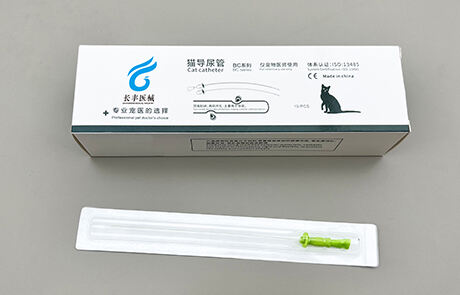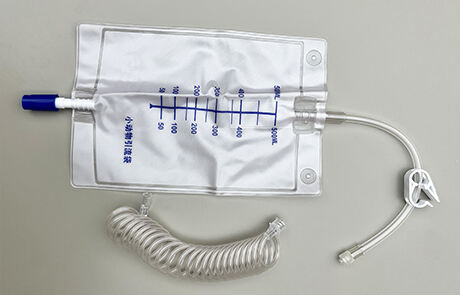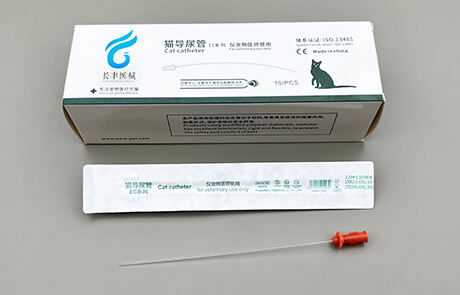
Animal Drainage Bags The Guardians of Your Pet's Recovery Process
Ⅰ. Introduction
Small animal drainage bags play an integral role as a key medical aid in veterinary surgery and complex disease management. Whether it is postoperative wound drainage, infection control or urinary tract management, small animal drainage bags can effectively promote rehabilitation and health recovery of pets. In this article, we will introduce the design principle of small animal drainage bags, the use of scenarios, care points and its importance in pet medical care, to help veterinarians and pet owners better understand and correctly use this medical tool.
Ⅱ. The design principle and characteristics of small animal drainage bags
The design of small animal drainage bags takes into full consideration the physiological structure and behavioral characteristics of pets, aiming to ensure the drainage effect while reducing the discomfort of pets. Its main features include:
Size and shape: Small animal drainage bags are available in a variety of sizes and shapes to accommodate pets of different sizes and weights, ensuring that the bag fits snugly on the pet's body and prevents it from moving or falling off.
Material Selection: Soft, breathable materials are usually used to minimize irritation to the pet's skin while maintaining good breathability to prevent infection.
Drainage tube and fixation system: Designed with a drainage tube that connects to the pet's body and a fixation system that ensures the stable attachment of the drainage bag, such as adhesive tape, fixation ring, etc., to ensure the continuity and effectiveness of drainage.
Capacity and transparency: the capacity of the small animal drainage bag is moderately designed to hold a certain amount of drainage fluid, but also easy to observe, easy for veterinarians and pet owners to monitor the drainage situation.
Ⅲ. The use of small animal drainage bag scene
Post-operative care: After a pet undergoes surgery, the use of a small animal drainage bag can effectively discharge the exudate from the wound area, reduce the risk of infection and promote wound healing.
Infection management: For skin infections, abscesses and other conditions, drainage bags can help drain pus, reduce your pet's pain and speed up the recovery process.
Urinary Tract Management: In urinary tract surgery or disease management, small animal drainage bags can be used for temporary or long-term urine drainage, reducing bladder pressure and preventing urinary tract complications.
Ⅳ. The main points of care of small animal drainage bags
Regular inspection and cleaning: check the integrity of the drainage bag regularly, clean the drainage bag and drainage area to avoid bacterial growth.
Monitoring of drainage: Pay close attention to the color, amount and nature of the drainage fluid and report abnormalities to the veterinarian in a timely manner.
Comfort and safety: Ensure that the drainage bag will not cause discomfort or restrict the normal activities of the pet, while avoiding the drainage bag from being bitten or destroyed by the pet.
V. The importance of small animal drainage bags in pet medical care
Small animal drainage bags play an important role in promoting the recovery of pets, controlling infections and managing complex diseases. Through effective drainage, the pain of pets is reduced, recovery time is shortened and quality of life is improved. Proper use and careful care by veterinarians and pet owners are key to ensuring that drainage bags work optimally and promote healthy pet recovery.




